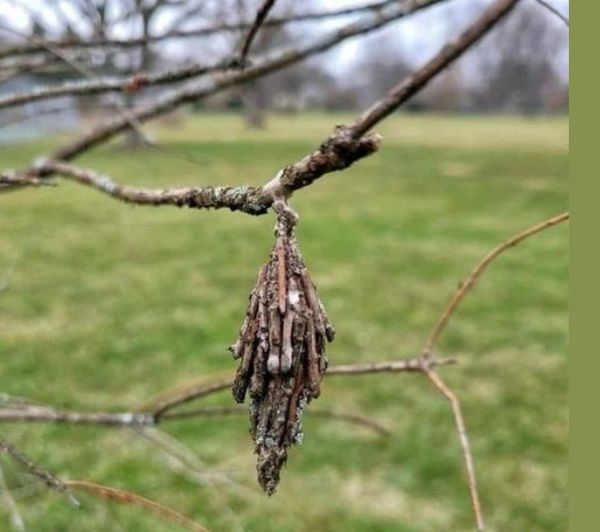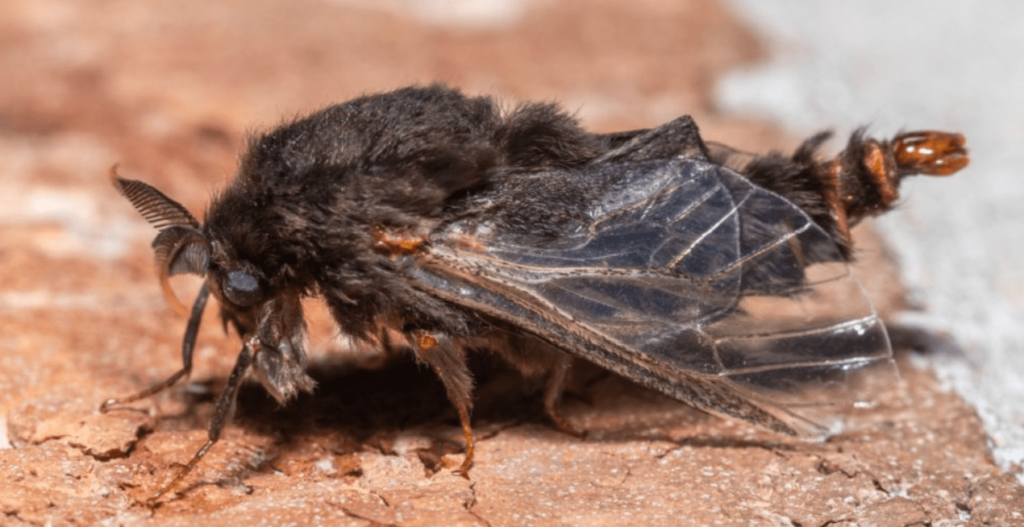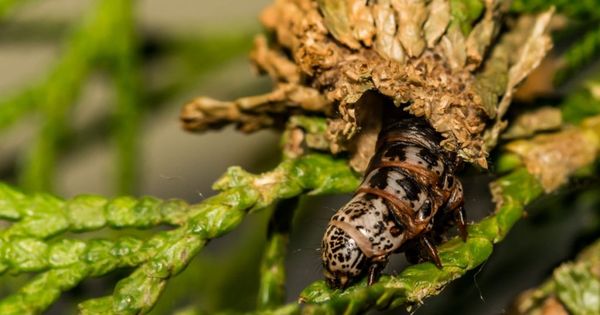Have you noticed your once lush and vibrant evergreen trees losing their beautiful pine needles? It could be due to an infestation of the notorious Evergreen Bagworm. These deceptive creatures, despite their name, are actually moths in their larval stage. If left unchecked, they can cause significant damage and even death to your trees. But don’t worry, there are ways to save your trees if you know what to do.

Meet the Evergreen Bagworm: A Silent Tree Killer
In the world of tree pests, few are as notorious as the Evergreen Bagworm. These inconspicuous creatures belong to the family Psychidae and owe their name to the distinctive protective casing they construct around themselves, known as a bag or case. These bags, made of plant debris like leaves, twigs, and bark, hang from tree branches, camouflaging the bagworm larvae.

Understanding the Sneaky Evergreen Bagworm
The Evergreen Bagworm, scientifically known as Thyridopteryx ephemeraeformis, is a species of moth that can wreak havoc on both evergreen and deciduous trees. With their portable shelters and means of camouflage, they appear as small bags hanging from tree branches. These deceptive creatures are not worms, but rather moths in their larval stage.
Life Cycle of the Evergreen Bagworm
To effectively manage an Evergreen Bagworm infestation, it’s crucial to understand its life cycle. The female adult lays her eggs inside her own bag, which is then left hanging on the tree. During late spring or early summer, these eggs hatch into tiny larvae that leave the bag in search of a suitable host tree. Using silk produced by special glands in their bodies, they start building their bags.

As the larvae molt and grow, they periodically emerge to replenish their bags with additional plant debris. These bags become more noticeable over time. Bagworm larvae typically reach their final stage, known as the instar, in late summer or early fall. After about six weeks, they are prepared to pupate.
Inside the protective case, the larva undergoes a transformation from its larval stage to its adult stage. Invisibly hidden within the bagworm cases, the pupae grow. After about two weeks, the adult moths crawl out by making a circular opening in the case. The wingless female moths stay close to the original tree, while the males, which are darker, smaller, and have clearer wings, fly off in search of females.
The Destructive Nature of the Evergreen Bagworm
Although Evergreen Bagworms may seem harmless at first, they can seriously harm trees if not controlled. These voracious eaters feed on foliage and hide within their bags, making it difficult to detect an infestation until it is severe. Their feeding activity leads to defoliation, making it harder for trees to photosynthesize and produce the nutrients they need to survive and grow. Additionally, their feeding weakens the tree, making it more susceptible to other illnesses, pests, and environmental stressors. If left untreated, Evergreen Bagworms can cause tree decline and even tree death.
Taking Action Against Evergreen Bagworms
To reduce the harm caused by Evergreen Bagworm infestations, prompt and efficient management is essential. Here are some strategies and tactics to consider:
Maintaining Healthy Trees
Prevention is always better than treatment when it comes to Evergreen Bagworms. By following these practices, you can lessen the chances of infestation and improve the overall health of your trees:
- Regularly inspect your trees for signs of bagworms, such as the presence of bags hanging from branches.
- Prune and remove any bags you find before the larvae have a chance to emerge and spread.
- Encourage biodiversity in your landscape by planting a variety of tree species. This can help deter bagworms from infesting your trees.
The Bottom Line
The Evergreen Bagworm may be tiny and barely noticeable, but it has the ability to silently kill trees. By understanding their life cycle, appreciating their destructiveness, and implementing good management practices, you can defend your trees from these sly intruders. Regular inspections, preventative measures, and maintaining healthy trees will go a long way in stopping infestations and preserving the beauty and vitality of your landscape. Don’t let the silent threat of the Evergreen Bagworm undermine the health and beauty of your trees. Take action and protect your beloved trees today!